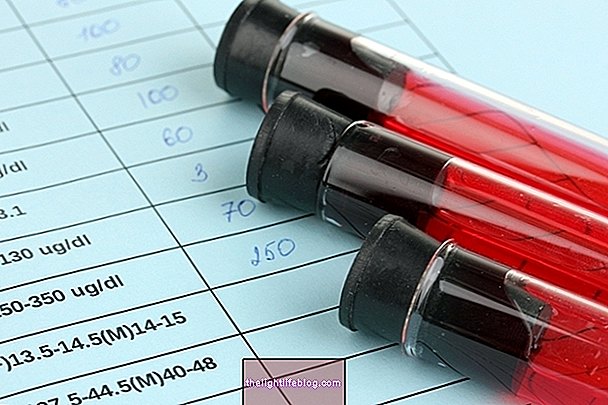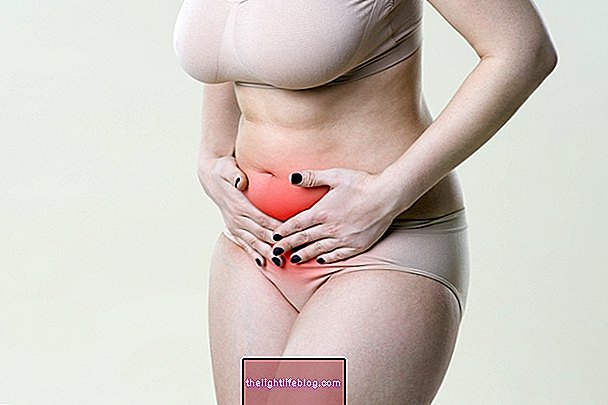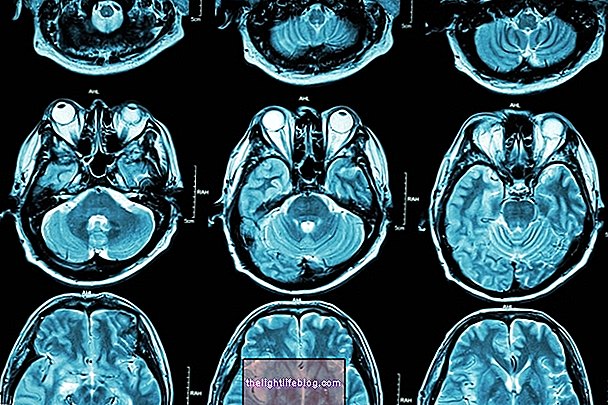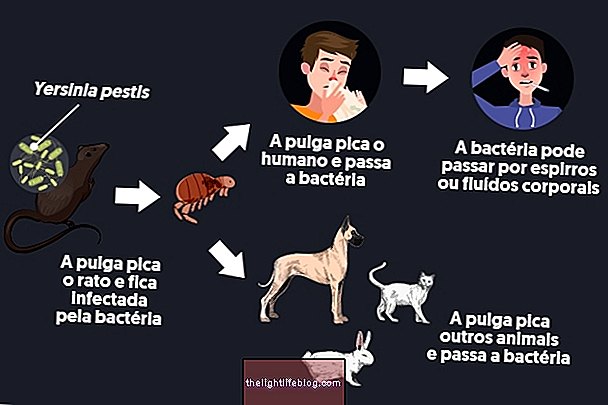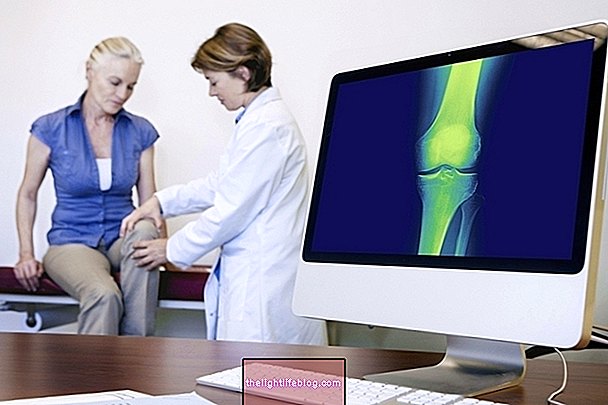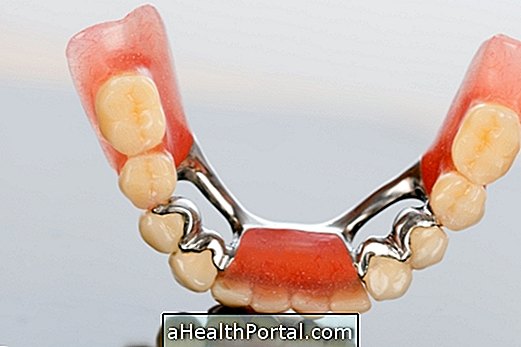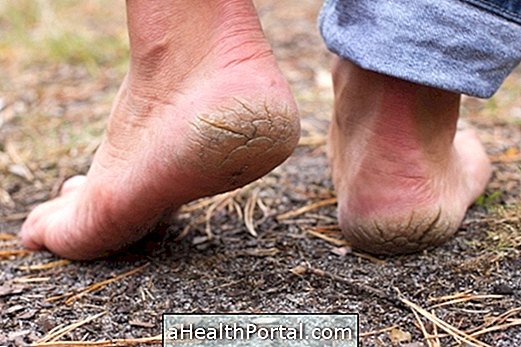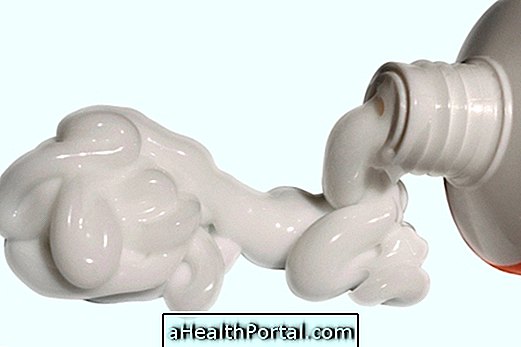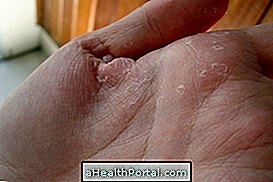Incarceration Syndrome, or Locked-In Syndrome, is a rare neurological disease, in which paralysis occurs in all muscles of the body, except for the muscles that control the movement of the eyes or eyelids.
In this disease, the patient is 'trapped' within his own body, unable to move or communicate, but remains conscious, noticing everything that happens around him and his memory remains intact. This syndrome has no cure, but there are procedures that can help improve the person's quality of life, such as a kind of helmet that can identify what the person is needing, so that it can be attended to.

How to know if it is this syndrome
Symptoms of Incarceration Syndrome can be:
- Paralysis of the muscles of the body;
- Inability to speak and chew;
- Rigid and stretched arms and legs.
Generally, patients are only able to move their eyes up and down, as even the lateral movements of the eyes are compromised. The person also feels pain, but is unable to communicate and therefore is unable to outline any movement, as if he were not feeling any pain.
The diagnosis is made based on the signs and symptoms presented and can be confirmed with exams, such as magnetic resonance imaging or computed tomography, for example.
What causes this syndrome
The causes of the Incarceration Syndrome can be traumatic brain injuries, after a stroke, side effects of medications, amyotrophic lateral sclerosis, head injuries, meningitis, cerebral hemorrhage or snake bite. In this syndrome, the information that the brain sends to the body is not fully captured by the muscle fibers and therefore the body does not respond to orders sent by the brain.
How the treatment is done
The treatment of the Incarceration Syndrome does not cure the disease, but it helps to improve the quality of life of the person. Currently, to facilitate communication technologies are used that can translate through signals, such as winking, what the person is thinking in words, allowing the other person to understand it. Another possibility is to use a kind of cap with electrodes on the head that interprets what the person is thinking so that it can be attended to.
A small device can also be used that has electrodes that are glued to the skin that are able to promote muscle contraction to reduce its stiffness, but it is difficult for the person to recover movement and most of them die in the first year after the disease has arisen. . The most common cause of death is due to the accumulation of secretions in the airways, which happens naturally when the person does not move.
Thus, to improve the quality of life and avoid this accumulation of secretions, it is recommended that the person undergo motor and respiratory physiotherapy at least 2 times a day. An oxygen mask can be used to facilitate breathing and feeding must be done by tube, requiring the use of diapers to contain urine and feces.
The care must be the same as that of an unconscious bedridden person and if the family does not provide this type of care the person may die due to infections or accumulation of secretions in the lungs, which can cause pneumonia.
Was this information helpful?
Yes No
Your opinion is important! Write here how we can improve our text:
Any questions? Click here to be answered.
Email in which you want to receive a reply:
Check the confirmation email we sent you.
Your name:
Reason for visit:
--- Choose your reason --- DiseaseLive betterHelp another personGain knowledge
Are you a health professional?
NoMedicalPharmaceuticalsNurseNutritionistBiomedicalPhysiotherapistBeauticianOther
